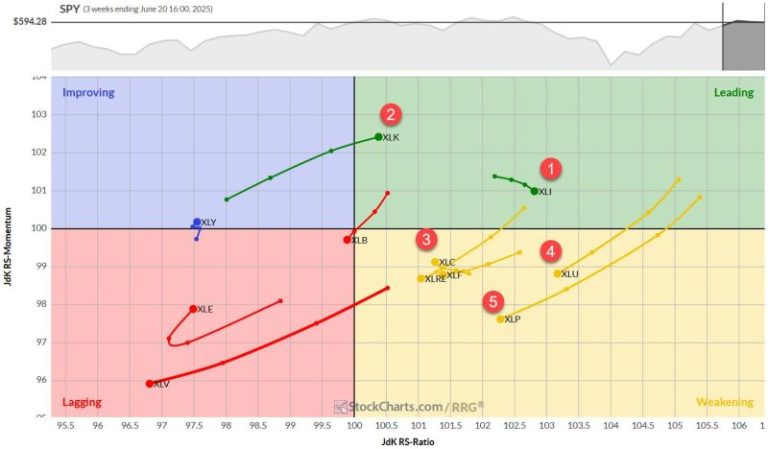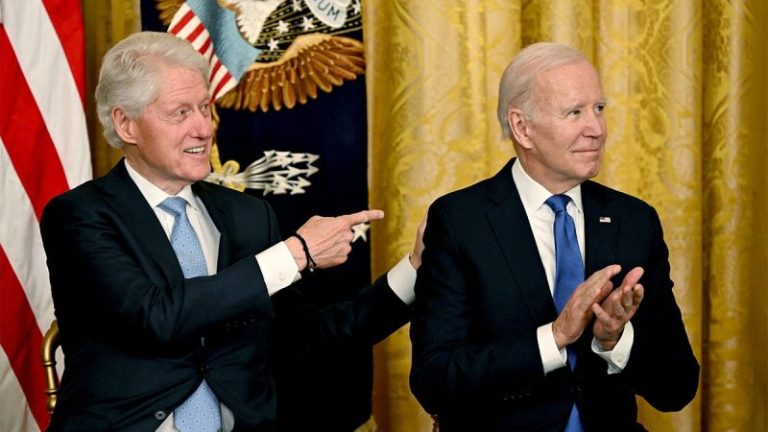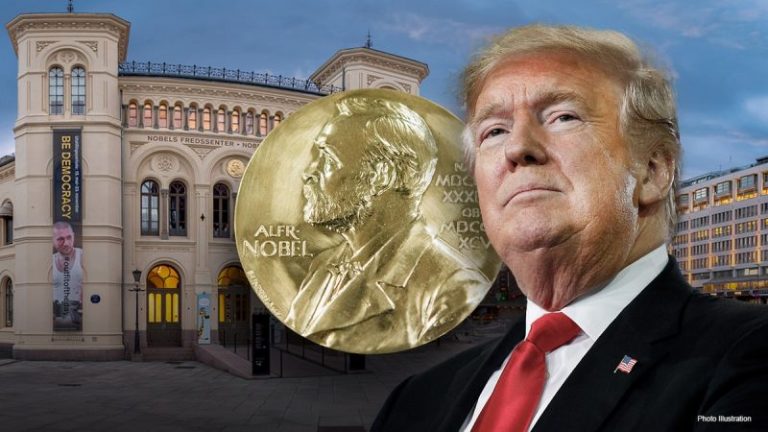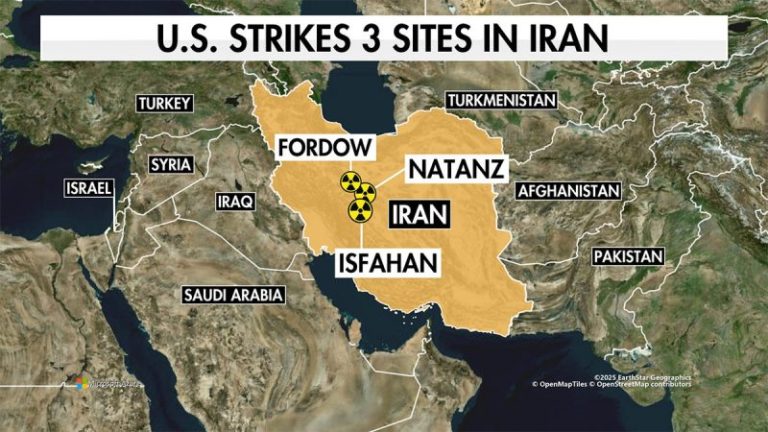This week, we’re keeping an eye on three major stocks that are reporting earnings. Two of them have been beaten down and are looking to turn things around, while the third has had a tremendous run and is looking to keep its extraordinary momentum going. Let’s take a closer look at each one.
Could FedEx Be Ready for a Comeback?
FedEx (FDX) had a rough go last quarter, missing its EPS estimates and slashing its full-year outlook thanks to softening demand and losing a USPS contract. That combination of earnings shortfall and downgraded guidance spooked investors, with FDX’s stock price tumbling more than 10% in the days following the release. After “Liberation Day,” share prices traded even lower.
FedEx continues to take steps to cut costs and segment spinoffs to streamline and turn the stock around. Can FedEx do it fast enough? Any positive forward guidance will be critical to drive a sustained rebound in the stock’s price.
From a technical perspective, FDX shares have bounced back to the levels traded after its last quarterly results. The stock price is coiling between its longer-term downtrend and near-term uptrend from the lows.
The good news is that shares have recaptured their 50-day moving average; the bad news is that price is bumping up to its longer-term downtrend. Something’s got to give.
- The average move post-earnings is +/-5.6%.
- An upward move should break it out of this downtrend and set shares on a path towards its 200-day moving average, which is just under $255.
- A downward move would break the near-term downtrend, but could pause around the 50-day moving average and a consolidation area around $215.
Playing this stock into earnings has been a fool’s game. Wait for the dust to settle before jumping in. That could mean:
- A break below the 50-day moving average and a move to the $200 level.
- A gap up, which could mean the end of this downtrend and should be chased to the 200-day moving average.
Micron: Time for a Breather?
Micron Technology (MU) has been on fire since selling off during the “Liberation Day” chaos. It broke below a major support area, but quickly recaptured it.
The pendulum price action was a wild swing in the opposite direction. MU’s stock price broke out above a major resistance area and is in a precarious position as Micron heads into Wednesday’s quarterly results.
MU’s stock price is extremely overbought and may struggle to keep this upward momentum going. We have seen other tech stocks, such as Broadcom (AVGO) and CrowdStrike (CRWD), experience similar moves going into earnings. Both stocks reported solid quarters and guided higher, yet sold off.
Given the 100% gain from its April 7 lows, the overbought condition, and natural support areas (old resistance) at the $114 area, a pullback to here seems logical. The area below $114 to watch is the rising 200-day moving average, which is around $96 and seems like a better entry point than chasing the stock now.
Good earnings numbers should see a small fade to the $114 area and then hold. That is what happened in other stocks with big run-ups into earnings: a fade back to the recent breakout. If Micron reports numbers below estimates and/or weak guidance, expect a deeper pullback to the 200-day, which should act as strong support if tested again. Any further rally should be faded as MU nears $150 and all-time highs. That could put its relative strength index (RSI) into the 90s; historically, that doesn’t hold for very long.
Nike (NKE): Waiting for a Spark
Nike (NKE) has traded lower after eight of its last nine earnings reports, including the last six in a row. Shares are still down 66% from their 2021 all-time highs and, year-to-date, are lower by 21%.
It has been a tough environment for the iconic sports brand. Shareholders have been anxiously waiting for new management to turn things around, but high inventories and now tariff concerns have stymied any sense of a sustainable rally.
Technically speaking, things aren’t looking good. Investors are looking for any sign of a turnaround or a tradable bottom. While there has been minor progress coming off the lows, there’s nothing to indicate the stock is back.
Momentum indicators have turned bearish. The RSI has crossed below its midline, while the moving average convergence/divergence (MACD) had a bearish crossover.
Entering the week, the stock is at a good support level around $59, which brings the 50-day moving average and recent lows into play. While NIKE’s stock price has a lot to reverse and looks tempting, there is still much overhead resistance to give the all clear and jump into the trade, based on this week’s earnings. Positive news could see a tradeable upside to its 200-day moving average, which should then be faded.
For this stock to finally reverse, it needs more time and a few quarters of solid growth. It may be wiser to buy shares on a breakdown towards its lows around $52. If that occurs, then expect it to hold and rally back over the weeks ahead of its next quarterly result.
The Bottom Line
This week’s earnings action is a good reminder to stay patient and be selective. Watch how these stocks react after earnings rather than trying to forecast the move. Sometimes, waiting for confirmation is the best strategy, especially when markets are so reactive.










